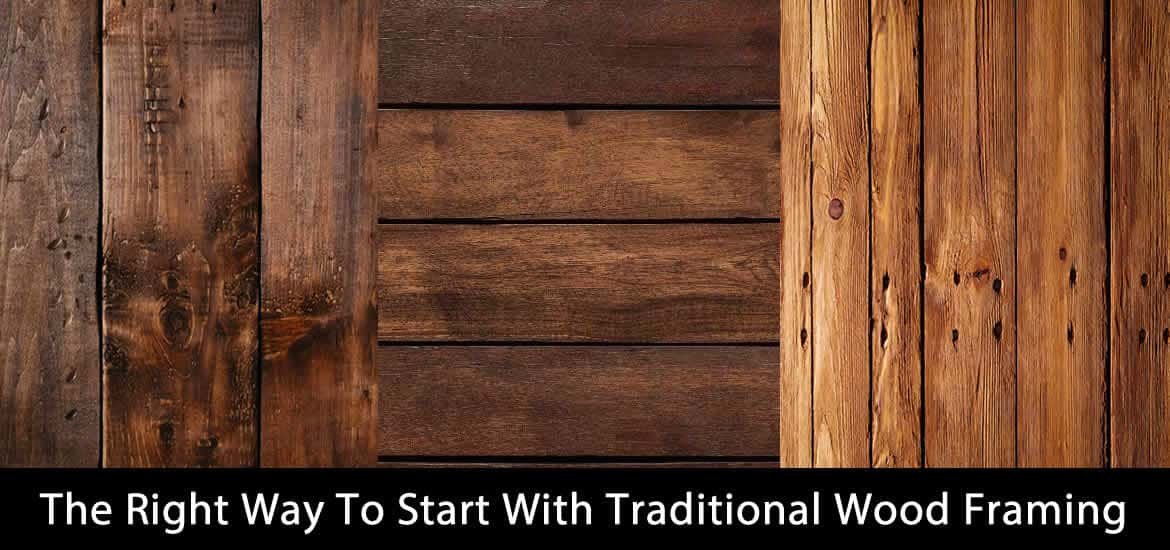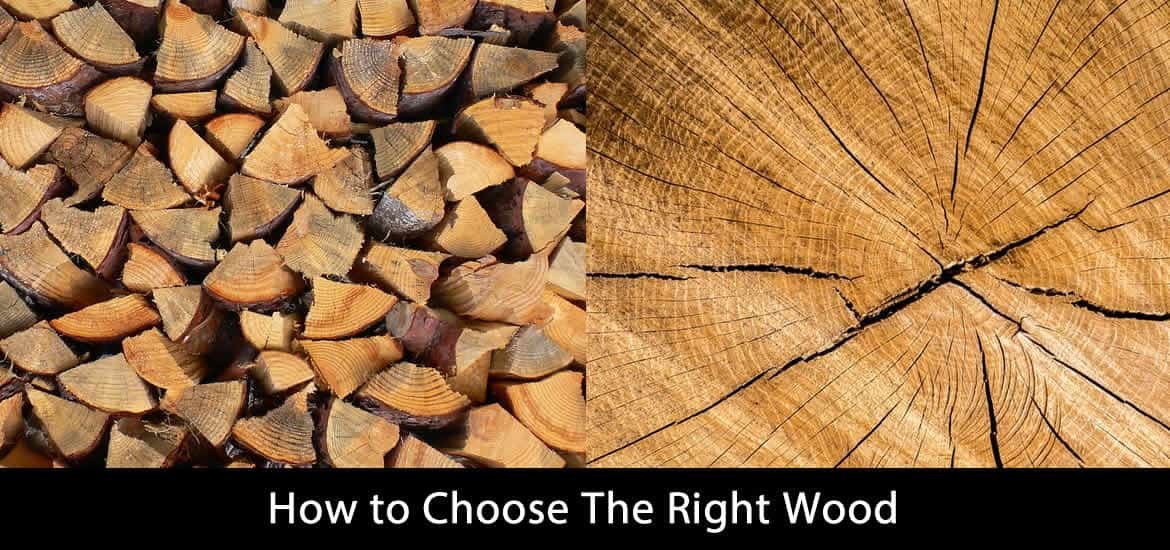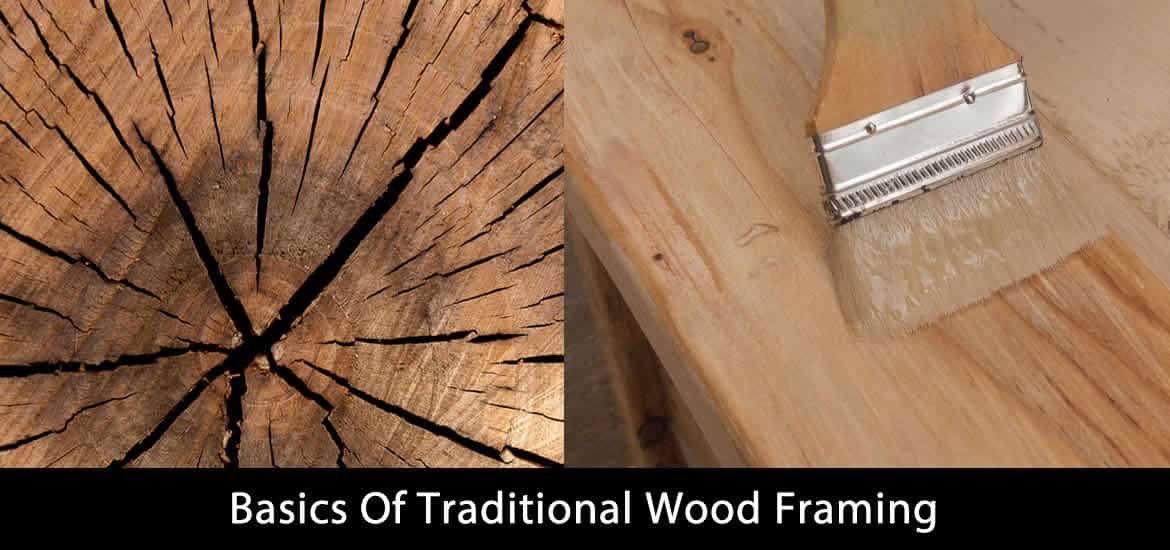Last updated on July 14th, 2020 at 06:53 am
In the United States and some parts of Europe, traditional wood framing is immensely popular. Since, first, it is a lightweight construction, and second, it doesn’t burn the holes in your pockets. It is, in fact, one of the most common ideas used in the construction industry of that region.
Though concrete block construction has its own value, it can be expensive for high-end homes due to more complicated design elements.
On the other hand, wood framing isn’t only economical, just like concrete block construction, it also meets building code wind requirements. In addition, it doesn’t require any kind of heavy tools or equipment either.
For that reason, even a common person can start it as a hobby.
Some people believe that it is a complicated business. It is not that straightforward for a common person to comprehend it or take it as a hobby.
But, in reality, you can learn this hobby online too. There are many online courses and videos that teach you regarding how to start with it.
In our opinion, traditional wood framing is perhaps the only thing that gives you great freedom. If you are into it, you are not a common person. You are an artist.
Wood Framing Tools
In order to start with traditional wood framing, first, you must comprehend the tools.
Without understanding tools and their purpose, it won’t be possible to start with this thing. Since it highly depends on its tools.
There is indeed a full line of specialty power tools which you need, such as:
- Circular Saw
- Band Saw
- Drill
- Chain Saw
- Chain Mortiser
- Draw Knives
- Axes
And, etc.
On the whole, it depends on what you are trying to do or build. For example, some people are specifically into building walls and floors, while others are more interested in roofs and stairs.
Each aspect demands a different set of tools. Therefore, in the beginning, it is better to master one thing in the wood framing rather than learning everything about it.
How to Choose The Right Wood
For a novice, it is important to know about the right kind of wood too, which is used in the traditional framing. In most cases, we use three kinds of woods.
-
Light Structural Lumber
This wood is used in framing houses and different structural aspects of the building. Experts mostly opt for it for joists studs, and general framing.
Any wood which you see in residential framing is actually ‘Light Structural Lumber’. It is mostly taken from trees like spruce, fir, and pine. Other kinds of woods usually go under so much transformation, but this isn’t the case with light structural lumber.
It is from the softwood trees and it doesn’t require so much transformation during the process. And, perhaps that’s why it is the most popular kind when it comes to traditional wood framing.
-
Heavy Timber
In this kind, we use large, rustic, heavy sawn timbers. It is no less than 8×8 inches. Furthermore, in the professional construction, it has an exterior wall too which is made of non-combustible material.
This kind of wood was quite common in the 19th century. Though it is still the priority of many experts, mostly they are relying on light structural material.
Heavy timber framing requires a tad more work too. For example, it is joined together with more joints.
Furthermore, they are quite expensive too and require different kinds of additional tools, which is not possible for a common person to acquire.
-
Finger-Jointed Lumber
Finger-jointed lumber is also known as end-jointed and end-glued jointed lumber. In the finger-jointed lumber, there are complementary rectangular cuts in two different pieces of wood, which you join together for framing.
This kind of wood shape is widely accepted in the buildings and construction industry. And, there are many reasons behind it. It becomes a lot stronger than conventional dimension lumber.
In addition, the sellers keep each piece of it straight so that it can be absorbed in the other joint rather well. This thing also gives it stability and doesn’t let it deal with twisting.
Understand The Basics
Without comprehending the basics of traditional wood framing, you won’t be able to acquire this skill. Therefore, the best thing you must do is to start with wall framing.
It is important because it teaches you all the basics in the most thorough way. You learn about the double plate, king stud, trimmer, sole plate, and etc.
Next, you also find out what the standard height is and how you do wood framing over the top of it in a horizontal manner and give it support through the window, and other ceiling joists.
If you are learning from an expert, he teaches all the small details about it too, like California Corner, Stud Corner, Rough Openings, Wall Intersections, and much more.
You need to know each detail rather well in order to understand how the traditional wood framing works in different sections. In case you start with building stairs, the rules of traditional wood framing will change.
You will learn about the local building code, headroom, width, handrails, riser, and tread. Also, when it will come to building steps, you will study the lower floor and basic straight stair stringer.
In these kinds of things, especially in stairs, construction master calculator also plays a significant role. It allows you to take right measurements in inches.
Traditional Wood Framing FAQs
If you want to build a career in wood framing or learn this skill as a hobby, we perceive you must have some specific questions in your mind.
Therefore, we have arranged a list of the most common question that will facilitate you in comprehending all the aspects of traditional wood framing even more.
Let’s begin…
Q: What is the difference between Timber Framing and Beam Framing?
Firstly, and most importantly, these two terms can be used for wood framing.
In the Post and Beam framing or construction, experts use bolts to connect two pieces. This is so common especially in buildings as they require precise connections for stability.
On the other hand, Timber Framing doesn’t exactly require metal bolts. It is more like wood-to-wood joinery, which we often see in small constructions like houses.
Q: Where can I practice wood framing professionally?
The best way to learn this skill is to assist a professional. He can teach you all aspects of it.
Otherwise, there are many active wood framing communities (online and offline) and apprenticeship programs that exist in the United States, United Kingdom, Europe, and Australia.
Q: What are the benefits of traditional wood framing?
There are many benefits of wood framing.
First, it is immensely stable.
Do you know a wood framing structure can survive more than 100 years? Yes, it is true. There are many structures even today which were constructed hundreds of years ago. They still embrace you with their warmth, stability, and architectural integrity.
Other than that, wood framing structures also have the ability to carry the heavy loads. These structures are open, flexible, and assist in giving significant ceiling heights also.
Q: What is decorative and structural framing?
Well, both of them are the branches of wood framing.
It is entirely up to you which branch you want to opt for and master. Structural framing is, in a way, all about creating the house, or a small building, which can survive strong winds and also bear a load of gravity, whereas the decorative framing links more with the small parts and objects.
Most people associate it with the designing of wood, but in reality, it is more about creating small, attention-grabbing structures, such as windows and stairs, in an artistic manner.
Q: Are there any wood framing services in the United States?
Yes, there are many wood framing services, not only in the United States but in the whole world. They provide different levels of services to homeowners and contractors.
Especially, professional architects require those services on a constant basis, as their work is highly dependent on them. They need a professional wood framing service which can turn their creative ideas into reality and comprehend the complexity of their design.
Since a professional wood framing service perceives the site requirement and the efficiency of frame design better than individual wood framers.
Moreover, they are so knowledgeable regarding wood selection too. It is their job to provide those woods which offer greater strength in smaller dimensions.
Concluding Thoughts
In general, traditional wood framing counts on the basic principles of house construction. You must learn each frame of work in detail to understand how it works. All of its rules, and principles keep on changing when it comes to giving strength to the structure.
Lastly, the actual question is, can you earn as a traditional wood framer? And, the answer is ‘Yes’, you can. Recent statistics reveal that a traditional wood framer earns around $20 per hour.
However, in order to work professionally, it is imperative for you to have 3-4 years of training in it as an apprentice.
You can also read: Step by Step Guide to Choose The Right Framing Nailer



